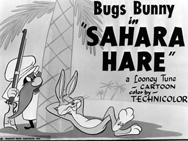 I hope I don’t offend anyone by saying that I hardly think Friz Freleng’s Sahara Hare qualifies for status as one of the classics of American cinema. It was one of the last Freleng cartoons (if not the last) to go into production in 1953, before the studio suspended operation for a six-month hiatus, and it always felt like a half-empty short, as if Freleng and Warren Foster ran out of ideas and fizzed out. It starts off with high ambition and character-based pieces, bringing to mind the strongest of the earliest Bugs/Yosemite Sam entries, before it descends into arbitrary (albeit well-done) blackout gags. Freleng and Foster had gone to the well (oasis?) once too often with this formula and there was a visible drought.
I hope I don’t offend anyone by saying that I hardly think Friz Freleng’s Sahara Hare qualifies for status as one of the classics of American cinema. It was one of the last Freleng cartoons (if not the last) to go into production in 1953, before the studio suspended operation for a six-month hiatus, and it always felt like a half-empty short, as if Freleng and Warren Foster ran out of ideas and fizzed out. It starts off with high ambition and character-based pieces, bringing to mind the strongest of the earliest Bugs/Yosemite Sam entries, before it descends into arbitrary (albeit well-done) blackout gags. Freleng and Foster had gone to the well (oasis?) once too often with this formula and there was a visible drought.
I’ve seen this cartoon hundreds of times and as I recently revisited it via IB Tech film stock, I remembered that the Looney Tunes Golden Collection Vol. 4 presented a ‘storyboard reel’ for Sahara Hare. I’ve made frame captures of those board drawings and assembled them in [relative] sequential order. The set of board drawings (by Foster) was incomplete on the DVD set, so apologies for some jumps in the continuity. Even so, comparing these boards to the final product is very revealing of how well-crafted and executed even the lesser Warner shorts could be.
“Act 1”
A lot of this “act”, as boarded, is a little too expositional. Once it’s established the cartoon is taking place in Africa, the point that Bugs is completely lost doesn’t need to be belabored – just show that he is and get on with it. Even if that does mean lifting some old animation from Jones’s Frigid Hare, a quicker set-up is always more satisfying. Note the change in the opening signs from “Sandy Isn’t It?” to the far funnier “Keep Off the Grass”.
“Act 2”
Unfortunately, many of the drawings of the “WHOA!” bit lifted from Red Skelton are missing. While a fine cartoonist, Foster doesn’t seem to get that after some seven years the joke is that Bugs has a dangerous adversary in someone half his height. That’s okay, though, he was paid to write, and he did a fantastic job. Which is kind of why the cartoons then were so much better than they are now, when the writer and storyboard artist were the same person and focused on writing rather than making sure that every scene or drawing hooked up or staged a scene perfectly.
“Act 3”
The cartoon gets a little pedestrian at this point, but with these boards, you get a taste of how gifted Freleng’s direction was. The cannon gag, as boarded, isn’t nearly as funny as it is in the finished cartoon, where Freleng applied the “less is more” theory to great effect. Tbe build-up: Sam actively struggles to get the block of the fort out, only to find the cannon and struggle once more to get the block back in. The payoff: he still gets blasted, and we cut to a background by Irv Wyner of the damage done to the desert landscape.
Deleted Gag
This scene, dropped from the film, also feels a little belabored. Sam tries to blast open the fort, and Bugs blows a board onto the detonator. Huh? Then again, the board gag that did make it into the film, with Bugs splitting it and Sam in half with an axe, is one of the few off-putting moments in the Warner cartoon canon.
“Final Act”
This is a well-staged finish. It milks Sam’s eternal frustration for all its worth, and the marriage between Milt Franklyn’s music and the funny animation by by Art Davis is sublime. It should’ve irised out after the explosion, but I guess it required more footage, so we got stuck with the ending with Daffy that makes no sense.
Freleng and Foster (and Hawley Pratt) were among the only people kept on staff while the studio was on hiatus for half of 1953. Most of the old energy and zeal would vanish once the studio resumed normal operation, but a cartoon like Sahara Hare illustrates that the bloom had faded. But the cartoons were still funny, if not inventive.

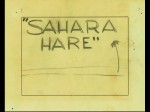
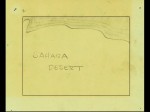
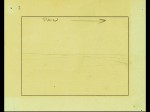
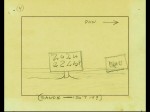
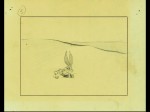
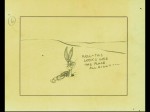
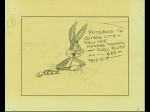
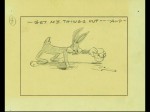
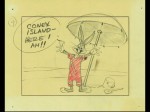
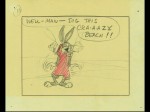
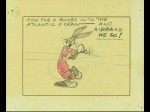
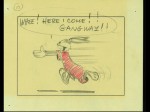
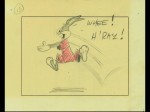
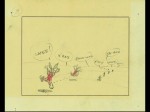
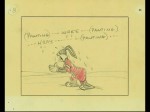
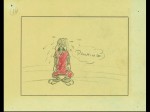
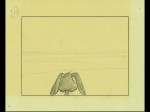
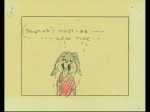
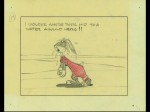
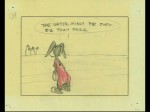
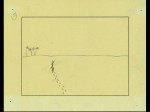
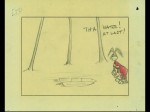

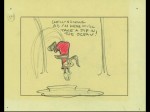
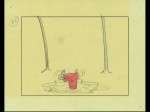
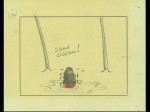
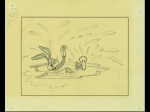
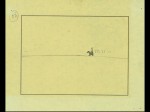
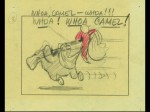
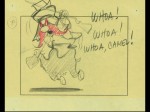
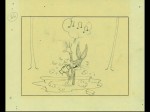
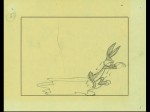

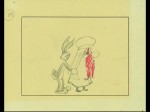
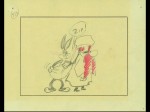
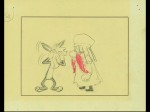
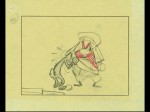
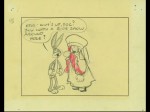
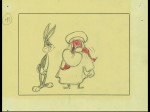
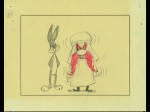
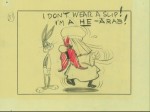
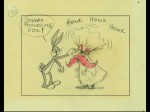
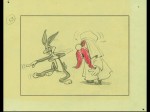
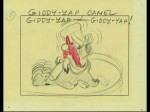
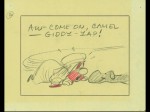
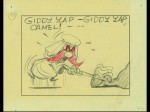
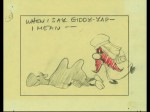
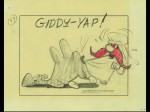

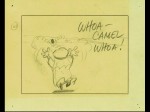
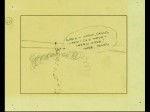
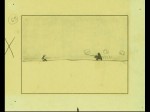
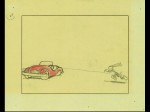

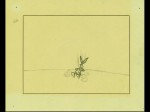
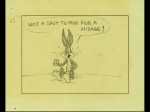
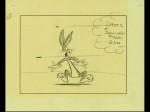
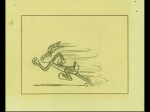
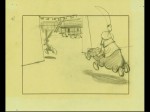
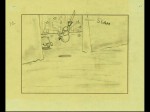
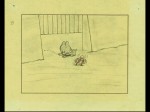
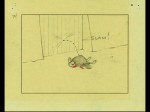

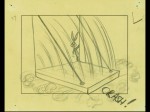
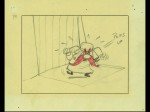
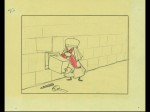
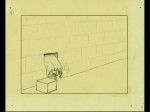
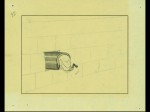
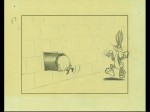
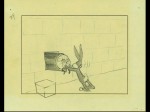

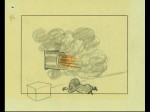
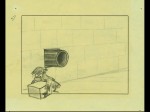

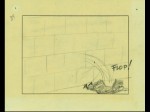
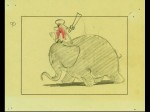
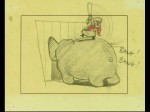
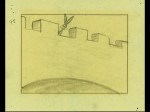
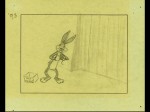
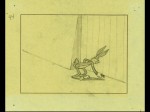
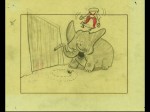
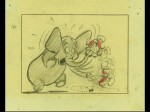
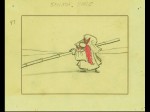
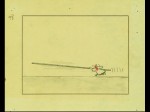
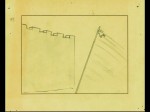
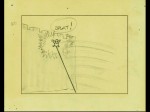
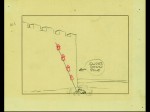
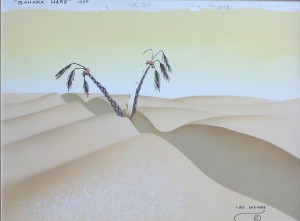
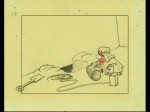
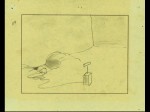
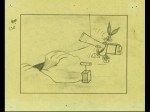
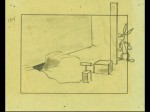
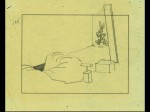
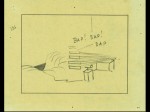
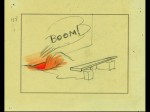
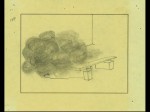
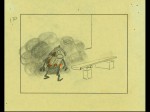
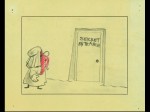
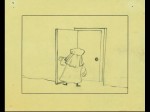
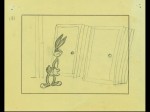
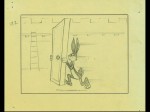
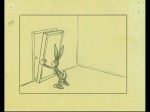
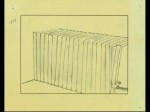
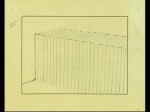
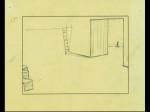
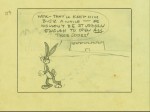
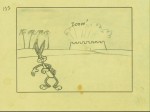
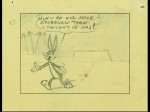
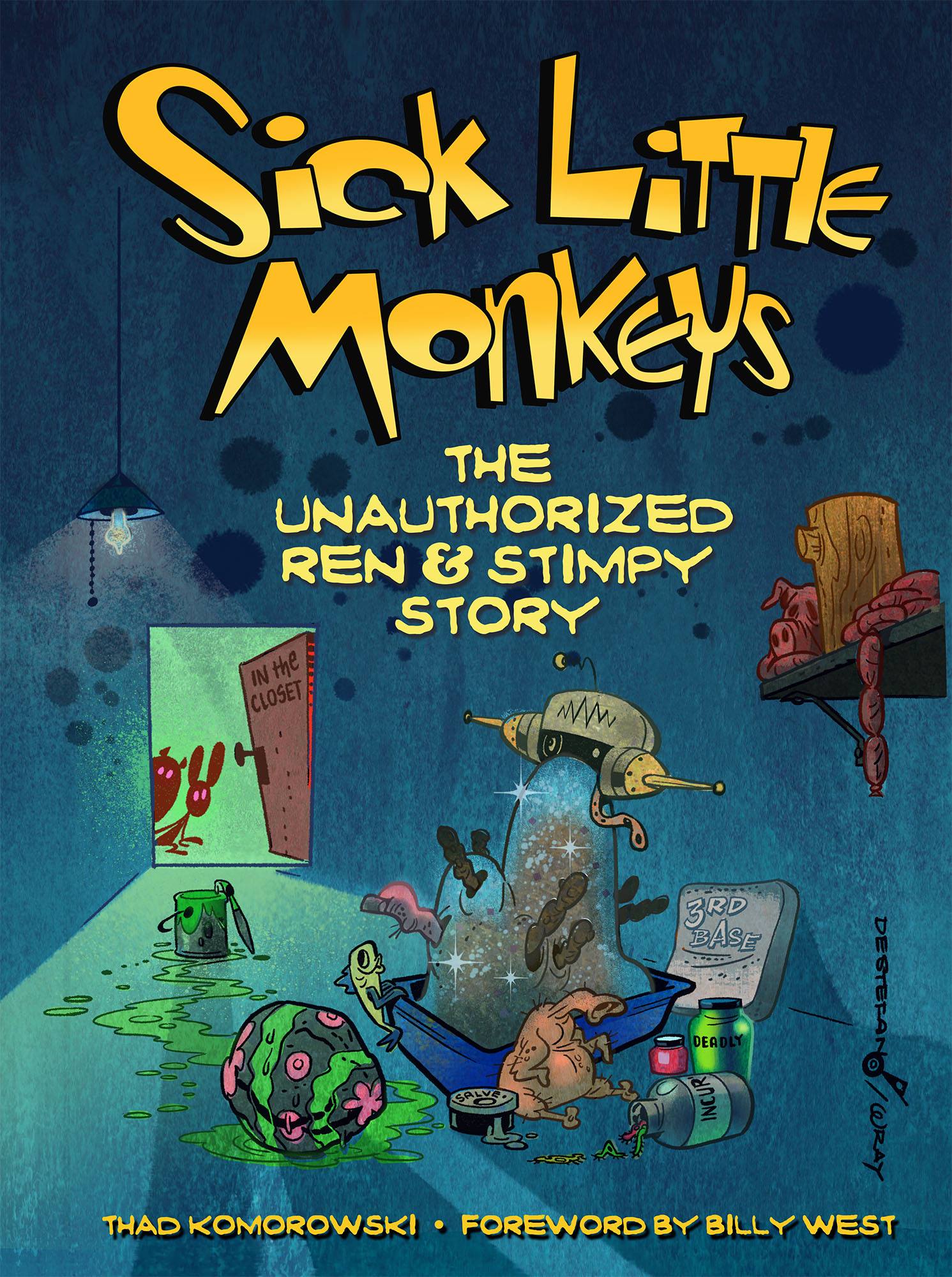
I remember seeing this cartoon many times growing up and I’m pretty sure it’s been featured on some of those Looney Tunes compilation specials. That’s why many people are so fond of this cartoon. Watching it again with a critical eye made me realize how great Friz was at the whole less is more technique. Frank Tashlin used it a lot too in his cartoons. The scene where Yosemite Sam is trying to get his camel running and then trying to stop it seems like a reused gag. I don’t know if “Buckaroo Bugs” used it first, but that’s where I remember it seeing it most prominently. Despite the problems that cartoon had, I prefer the way that scene had been animated, but Friz definitely makes up for those shortcomings by letting the audience infer a lot about what’s going on with the cartoon.
That isn’t quite common in cartoons now where there are so many static talking heads. It’s kind of hard not to get angry by the state of animation right now and to fall into this mentality that absolutely EVERYTHING in the animation sucks now and all this crap when the worst animation just gives young cartoonists like me more motivation to keep studying and practicing so we can produce something 200x better someday.
Cartoonists need to have a forward vision but be able to not forget the high standards of the past and the many timeless cartoons that were made back in the Golden Age of Animation. Be progressive, but remain traditional in the standards and professional execution. I hate having to argue with people whose senses have been dulled to the point where even they are accepting the bizarre noodle arm, noodle leg and tiny dot pupil eye “trend” that’s been going on lately.
History repeats itself, Roberto. You expressed the very same thing I did 50 years ago when I wanted to become an Animator.
Friz and Chuck’s next two Bugs cartoons after this, “Hare Brush” and “Rabbit Rampage” really let out the passive/aggressive anger of seeing the studio shut down by being the only two shorts where Elmer gets the best of the rabbit (even worse — millionaire Bugs gets hauled off to Alcatwaz by the IRS in Friz’s cartoon. Take that, J.L.!)
Fortunately after the reopening the studio was still able to take gags from previous cartoons and make them work better the second time around, as would be the case with the “Open this door!” gag here — a drawbridge over a moat coming down on Sam’s head makes perfect sense in “Knighty Knight Bugs” (and may be the best-timed gag in the whole cartoon); a drawbridge opening onto a sandy desert in “Sahara Hare” doesn’t.
Interesting that Bugs finally won an Oscar for KNIGHTY KNIGHT BUGS, which IMHO is just an inferior remake of of this. SAHARA is one of my favorite Frelengs, but I guess one man’s liabilities are another’s assets.
Wow, it’s amazing how gorgeous those storyboards are. Even at a stage when nobody but the crew would see them, Foster (and I’m assuming the other story artists) put a lot of effort into the boards and that shows in the final product by extension.
“Sahara Hare” isn’t my absolute favorite Freleng cartoon but it’s enjoyable. Virgil Ross’s absence is definitely a downside, however. Actually, that’s the case for many of the 1955 Freleng cartoons. Was Ross somewhere else before/during the shutdown that prevented him from working in Freleng’s unit?
Yes – he had been let go, or quit, before the shutdown and was pursuing his real love of piano playing at night clubs in southern California. He came back when the studio reopened, but not immediately.